

| Company : Croisi Europe |
| Ship : MS Loire Princesse |
| Journey Start : շբթ 27 հնս 2026 |
| Journey End : շբթ 04 հլս 2026 |
| Count Nights : 7 nights |
| Day | Date | Port | Arrival | Departure |
|---|---|---|---|---|
| 1 | 27.06 շբթ | Փականներ | ||
| 2 | 28.06 կիր | Փականներ | ||
| 3 | 29.06 երկ | Փականներ | ||
| 3 | 29.06 երկ | Նանտ / France | 18:00 | 19:00 |
| 4 | 30.06 երք | Սեն-Նազեր / France | 01:00 | 13:00 |
| 4 | 30.06 երք | Նանտ / France | 20:00 | |
| 5 | 1.07 չրք | Նանտ / France | 18:30 | |
| 5 | 1.07 չրք | Անսենի / France | 23:30 | |
| 6 | 2.07 հնգ | Անսենի / France | 08:00 | |
| 6 | 2.07 հնգ | Շալոն-սյուր-Սան / France | 13:00 | |
| 7 | 3.07 ուր | Շալոն-սյուր-Սան / France | 12:00 | |
| 7 | 3.07 ուր | Անսենի / France | 17:00 | 20:30 |
| 8 | 4.07 շբթ | Նանտ / France | 02:30 | 10:00 |
All inclusive on board
THE CROISIEUROPE DIFFERENCE
All meals included - DRINKS INCLUDED with meals and at the bar
Refined French cuisine - Gala dinner and evening - Welcome cocktail
Free Wi-Fi onboard
Headsets are included for excursions
Official welcome from the captain and crew
Onboard activities
Travel assistance and repatriation insurance
All port fees included
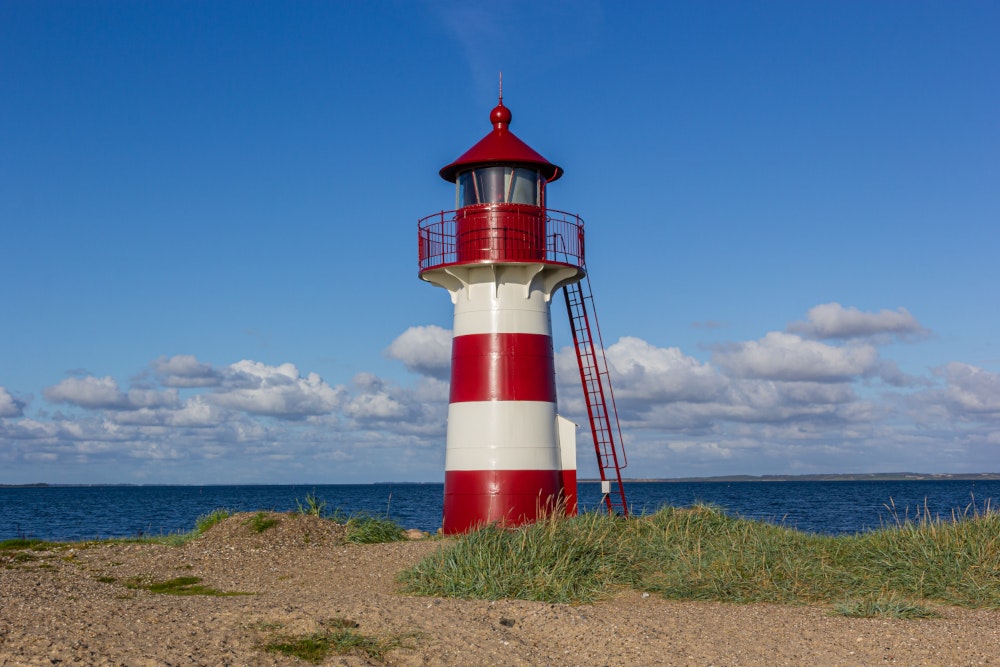


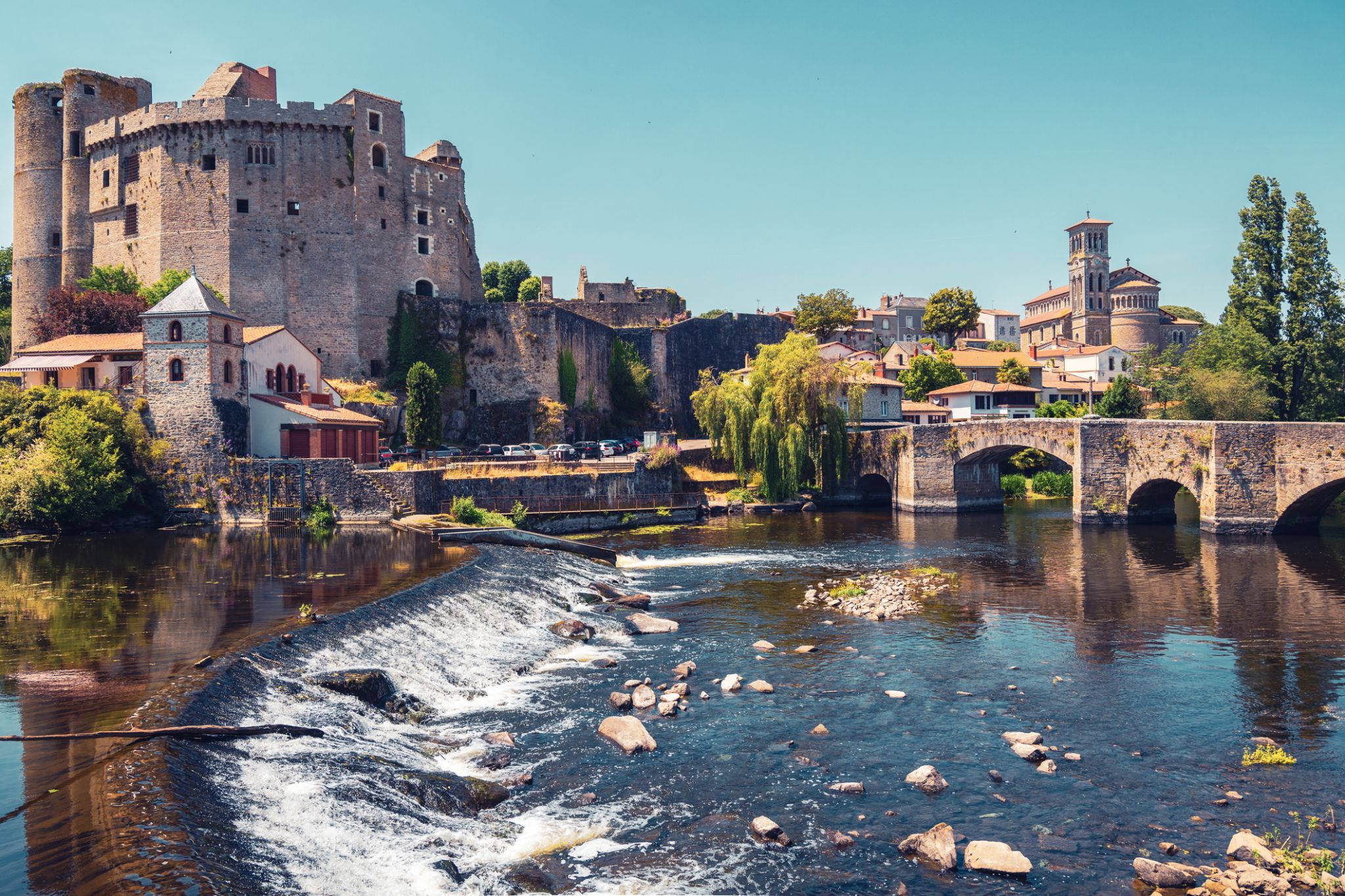
Նանտը Ֆրանսիայի արևմտյան մասում գտնվող մեծ նավահանգստային քաղաք է, որը գտնվում է Լուարա գետի վրա: Քաղաքը հայտնի է իր հարուստ պատմությամբ և մշակութային ժառանգությամբ: Նանտի գլխավոր տեսարժան վայրերից մեկն է Բրետանի դղյակը, որը հանդիսանում է քաղաքի խորհրդանիշը: Այստեղ կարելի է տեսնել միջնադարյան ճարտարապետություն, ինչպես նաև թանգարաններ, որոնք նվիրված են տարածաշրջանի պատմությանը: Քաղաքի կենտրոնում հատուկ ուշադրություն են գրավում հին թաղամասերը, գեղեցիկ ճակատներով և հարմարավետ փողոցները, որոնք իդեալական են զբոսանքների համար:
Նանտը հայտնի է իր մշակութային միջոցառումներով և ժամանակակից նախաձեռնություններով: Քաղաքի ամենահայտնի նախագծերից մեկը «Կղզու մեքենաներն» է, յուրօրինակ ցուցադրություն, որտեղ ներկայացված են մեխանիկական կառուցվածքներ, որոնք ներշնչված են Ժյուլ Վերնեի երևակայությունից: Քաղաքը հայտնի է իր կանաչ տարածքներով, այդ թվում՝ Թյուիլերի պարտեզով և մեծ այգիներով, որոնք բնակիչներին և զբոսաշրջիկներին ապահովում են բաց երկնքի տակ հանգստանալու կատարյալ պայմաններ: Նանտը կատարելապես համադրում է ժամանակակիցությունն ու պատմական ժառանգությունը, գրավելով ճանապարհորդներին ամբողջ աշխարհից:
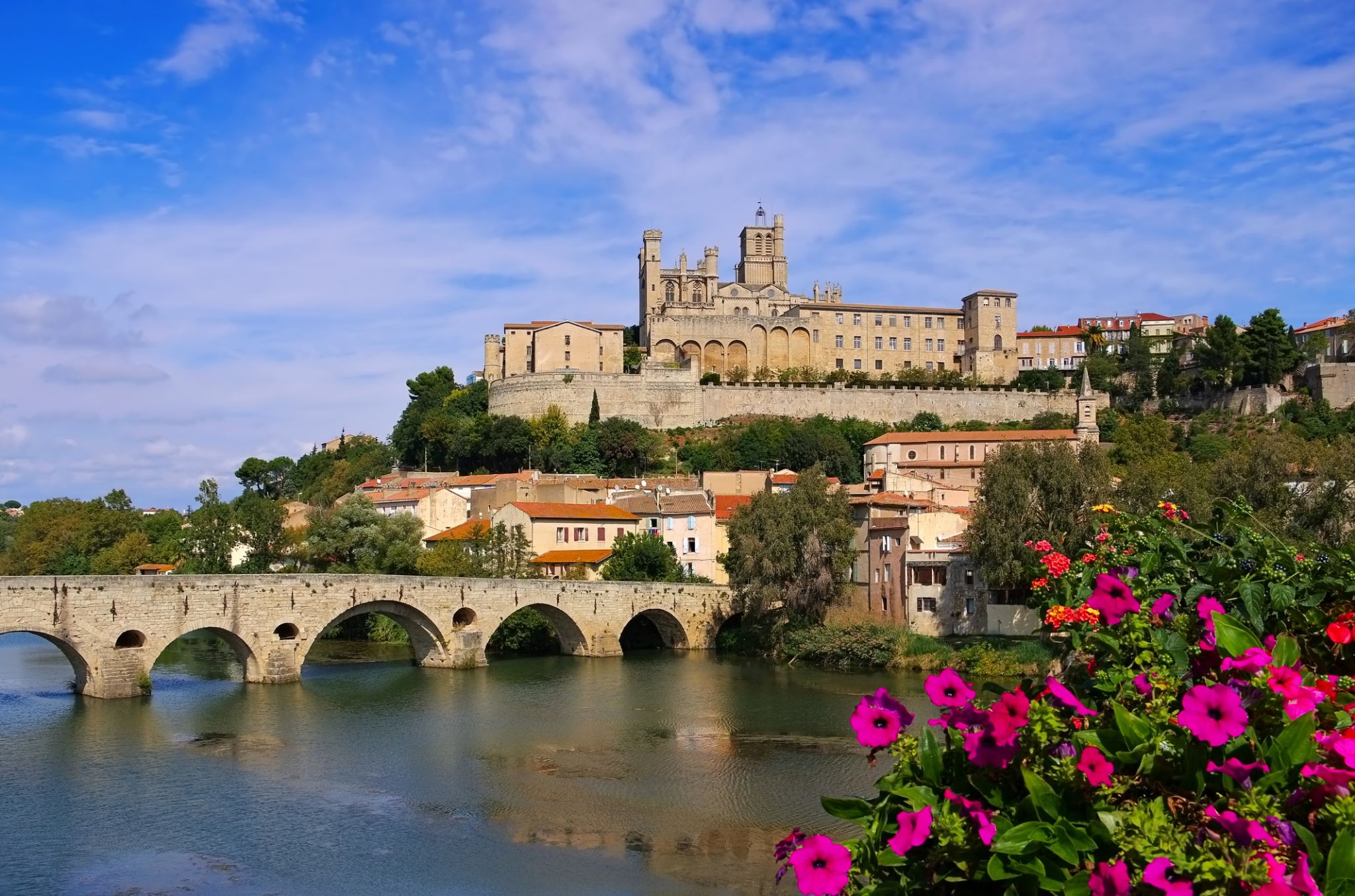

Նանտը Ֆրանսիայի արևմտյան մասում գտնվող մեծ նավահանգստային քաղաք է, որը գտնվում է Լուարա գետի վրա: Քաղաքը հայտնի է իր հարուստ պատմությամբ և մշակութային ժառանգությամբ: Նանտի գլխավոր տեսարժան վայրերից մեկն է Բրետանի դղյակը, որը հանդիսանում է քաղաքի խորհրդանիշը: Այստեղ կարելի է տեսնել միջնադարյան ճարտարապետություն, ինչպես նաև թանգարաններ, որոնք նվիրված են տարածաշրջանի պատմությանը: Քաղաքի կենտրոնում հատուկ ուշադրություն են գրավում հին թաղամասերը, գեղեցիկ ճակատներով և հարմարավետ փողոցները, որոնք իդեալական են զբոսանքների համար:
Նանտը հայտնի է իր մշակութային միջոցառումներով և ժամանակակից նախաձեռնություններով: Քաղաքի ամենահայտնի նախագծերից մեկը «Կղզու մեքենաներն» է, յուրօրինակ ցուցադրություն, որտեղ ներկայացված են մեխանիկական կառուցվածքներ, որոնք ներշնչված են Ժյուլ Վերնեի երևակայությունից: Քաղաքը հայտնի է իր կանաչ տարածքներով, այդ թվում՝ Թյուիլերի պարտեզով և մեծ այգիներով, որոնք բնակիչներին և զբոսաշրջիկներին ապահովում են բաց երկնքի տակ հանգստանալու կատարյալ պայմաններ: Նանտը կատարելապես համադրում է ժամանակակիցությունն ու պատմական ժառանգությունը, գրավելով ճանապարհորդներին ամբողջ աշխարհից:

Նանտը Ֆրանսիայի արևմտյան մասում գտնվող մեծ նավահանգստային քաղաք է, որը գտնվում է Լուարա գետի վրա: Քաղաքը հայտնի է իր հարուստ պատմությամբ և մշակութային ժառանգությամբ: Նանտի գլխավոր տեսարժան վայրերից մեկն է Բրետանի դղյակը, որը հանդիսանում է քաղաքի խորհրդանիշը: Այստեղ կարելի է տեսնել միջնադարյան ճարտարապետություն, ինչպես նաև թանգարաններ, որոնք նվիրված են տարածաշրջանի պատմությանը: Քաղաքի կենտրոնում հատուկ ուշադրություն են գրավում հին թաղամասերը, գեղեցիկ ճակատներով և հարմարավետ փողոցները, որոնք իդեալական են զբոսանքների համար:
Նանտը հայտնի է իր մշակութային միջոցառումներով և ժամանակակից նախաձեռնություններով: Քաղաքի ամենահայտնի նախագծերից մեկը «Կղզու մեքենաներն» է, յուրօրինակ ցուցադրություն, որտեղ ներկայացված են մեխանիկական կառուցվածքներ, որոնք ներշնչված են Ժյուլ Վերնեի երևակայությունից: Քաղաքը հայտնի է իր կանաչ տարածքներով, այդ թվում՝ Թյուիլերի պարտեզով և մեծ այգիներով, որոնք բնակիչներին և զբոսաշրջիկներին ապահովում են բաց երկնքի տակ հանգստանալու կատարյալ պայմաններ: Նանտը կատարելապես համադրում է ժամանակակիցությունն ու պատմական ժառանգությունը, գրավելով ճանապարհորդներին ամբողջ աշխարհից:
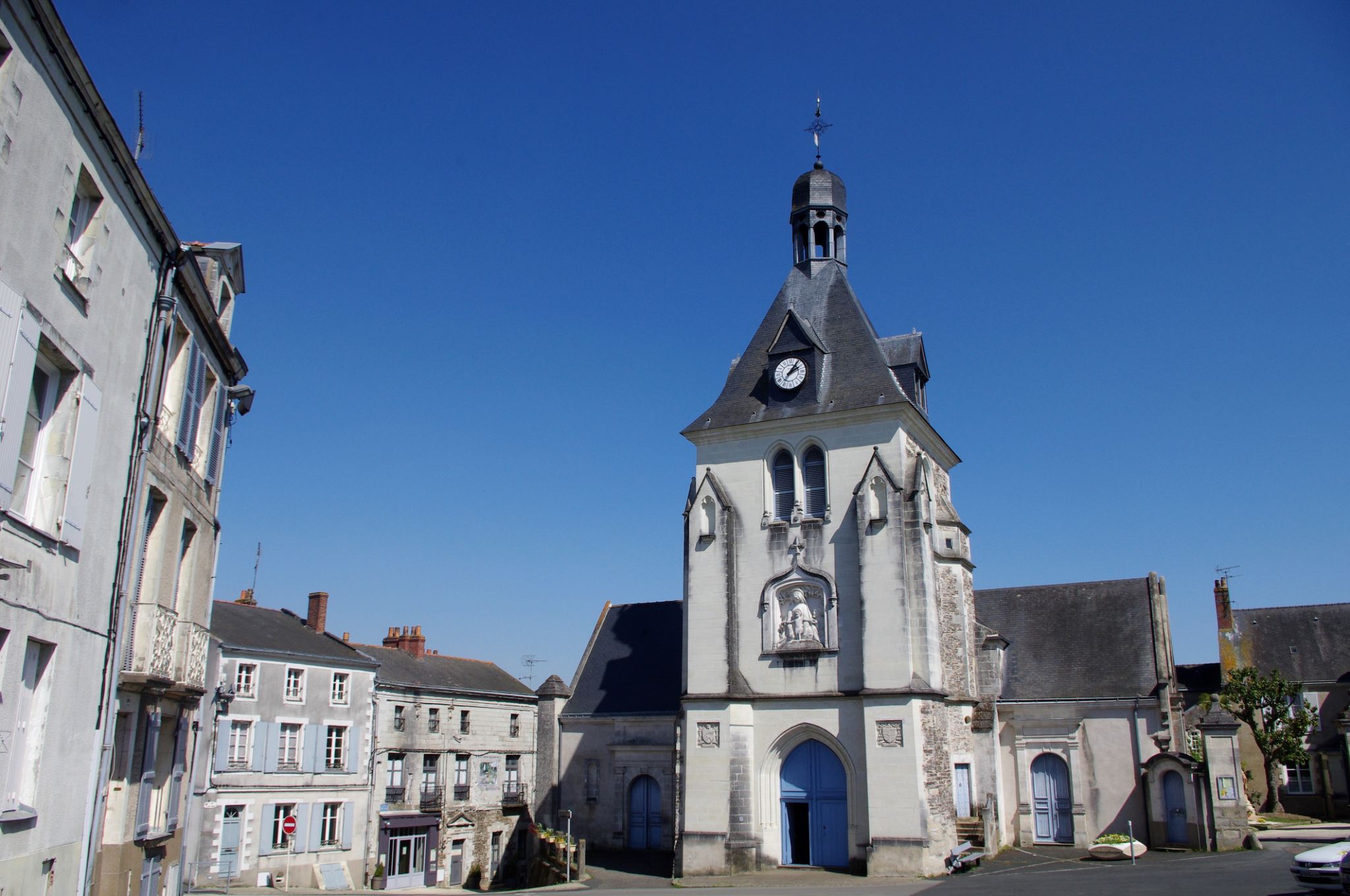

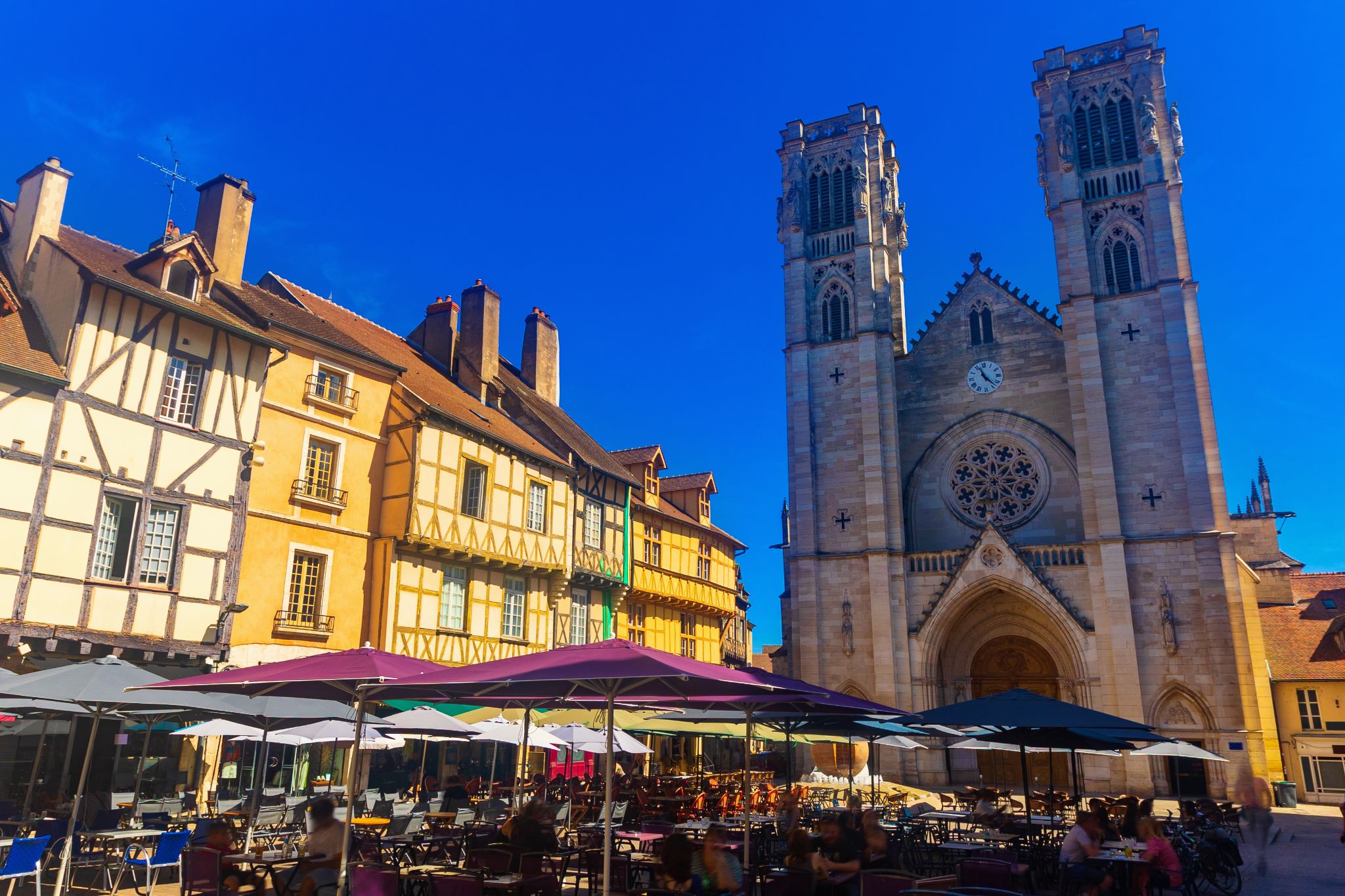
Chalon-sur-Saône is a commune in the Saône-et-Loire department in the region of Bourgogne-Franche-Comté in eastern France.
It is a sub-prefecture of the department. It is the largest city in the department; however, the department capital is the smaller city of Mâcon.
Chalon-sur-Saône lies in the south of the Bourgogne-Franche-Comté region of France. It is located on the Saône river, and was once a busy port, acting as a distribution point for local wines which were sent up and down the Saône river and the Canal du Centre, opened in 1792.
Though the site (ancient Cabillonum) was a capital of the Aedui and objects of La Tène culture have been retrieved from the bed of the river here, the first mention of Cavillonum is found in Commentarii de Bello Gallico (VII, chs. 42 and 90). The Roman city already served as a river port and hub of road communications, of the Via Agrippa and side routes. In 354 AD the Roman Emperor, Constantius II stationed the Roman 7th Army in Chalon (then called Cabyllona) for an invasion against the brother kings, Gundomadus and Vadomarius of the Alamanni. However, not having received supplies, the Roman troops revolted, and were pacified by the grand chamberlain Eusebiuswith money. In Late Antiquity the city had dwindled so much that a wall round it encircled fifteen hectares.
Saint Marcellus of Chalons (Saint Marcel) is said to have been martyred here in 179 AD. Chalon became one of the de facto capitals of the kingdom of Burgundy under Guntram, king from 561 to 592, who died here. Guntram also promoted the cult of Saint Marcellus. The bishopric of Chalon-sur-Saône, a suffragan of the Archdiocese of Lyon, was established here in the same century, and a Church Council was held here from 644–655. The see was merged into the diocese of Autunshortly after the French Revolution.
Chalon in the 19th century is best known as the birthplace of photography. Its most famous resident, Nicéphore Niépcealso has a lycée (secondary school) named after him. There is a museum which contains some early photography relics, located on the Quai des Messageries in the town, containing more than two million photographs and many old artefacts such as cameras and other equipment for old and modern photography. Also on display are Niépce's 1807 Pyréolophore which is probably the world's first internal combustion engine, plus his 1818 implementation of a dandy horse, for which he coined the word vélocipède.
Another famous resident is Dominique Vivant Denon (1747–1825) who was involved in the creation of the Louvre museum, converting the former royal palace into a museum after the French Revolution

Chalon-sur-Saône is a commune in the Saône-et-Loire department in the region of Bourgogne-Franche-Comté in eastern France.
It is a sub-prefecture of the department. It is the largest city in the department; however, the department capital is the smaller city of Mâcon.
Chalon-sur-Saône lies in the south of the Bourgogne-Franche-Comté region of France. It is located on the Saône river, and was once a busy port, acting as a distribution point for local wines which were sent up and down the Saône river and the Canal du Centre, opened in 1792.
Though the site (ancient Cabillonum) was a capital of the Aedui and objects of La Tène culture have been retrieved from the bed of the river here, the first mention of Cavillonum is found in Commentarii de Bello Gallico (VII, chs. 42 and 90). The Roman city already served as a river port and hub of road communications, of the Via Agrippa and side routes. In 354 AD the Roman Emperor, Constantius II stationed the Roman 7th Army in Chalon (then called Cabyllona) for an invasion against the brother kings, Gundomadus and Vadomarius of the Alamanni. However, not having received supplies, the Roman troops revolted, and were pacified by the grand chamberlain Eusebiuswith money. In Late Antiquity the city had dwindled so much that a wall round it encircled fifteen hectares.
Saint Marcellus of Chalons (Saint Marcel) is said to have been martyred here in 179 AD. Chalon became one of the de facto capitals of the kingdom of Burgundy under Guntram, king from 561 to 592, who died here. Guntram also promoted the cult of Saint Marcellus. The bishopric of Chalon-sur-Saône, a suffragan of the Archdiocese of Lyon, was established here in the same century, and a Church Council was held here from 644–655. The see was merged into the diocese of Autunshortly after the French Revolution.
Chalon in the 19th century is best known as the birthplace of photography. Its most famous resident, Nicéphore Niépcealso has a lycée (secondary school) named after him. There is a museum which contains some early photography relics, located on the Quai des Messageries in the town, containing more than two million photographs and many old artefacts such as cameras and other equipment for old and modern photography. Also on display are Niépce's 1807 Pyréolophore which is probably the world's first internal combustion engine, plus his 1818 implementation of a dandy horse, for which he coined the word vélocipède.
Another famous resident is Dominique Vivant Denon (1747–1825) who was involved in the creation of the Louvre museum, converting the former royal palace into a museum after the French Revolution


Նանտը Ֆրանսիայի արևմտյան մասում գտնվող մեծ նավահանգստային քաղաք է, որը գտնվում է Լուարա գետի վրա: Քաղաքը հայտնի է իր հարուստ պատմությամբ և մշակութային ժառանգությամբ: Նանտի գլխավոր տեսարժան վայրերից մեկն է Բրետանի դղյակը, որը հանդիսանում է քաղաքի խորհրդանիշը: Այստեղ կարելի է տեսնել միջնադարյան ճարտարապետություն, ինչպես նաև թանգարաններ, որոնք նվիրված են տարածաշրջանի պատմությանը: Քաղաքի կենտրոնում հատուկ ուշադրություն են գրավում հին թաղամասերը, գեղեցիկ ճակատներով և հարմարավետ փողոցները, որոնք իդեալական են զբոսանքների համար:
Նանտը հայտնի է իր մշակութային միջոցառումներով և ժամանակակից նախաձեռնություններով: Քաղաքի ամենահայտնի նախագծերից մեկը «Կղզու մեքենաներն» է, յուրօրինակ ցուցադրություն, որտեղ ներկայացված են մեխանիկական կառուցվածքներ, որոնք ներշնչված են Ժյուլ Վերնեի երևակայությունից: Քաղաքը հայտնի է իր կանաչ տարածքներով, այդ թվում՝ Թյուիլերի պարտեզով և մեծ այգիներով, որոնք բնակիչներին և զբոսաշրջիկներին ապահովում են բաց երկնքի տակ հանգստանալու կատարյալ պայմաններ: Նանտը կատարելապես համադրում է ժամանակակիցությունն ու պատմական ժառանգությունը, գրավելով ճանապարհորդներին ամբողջ աշխարհից: